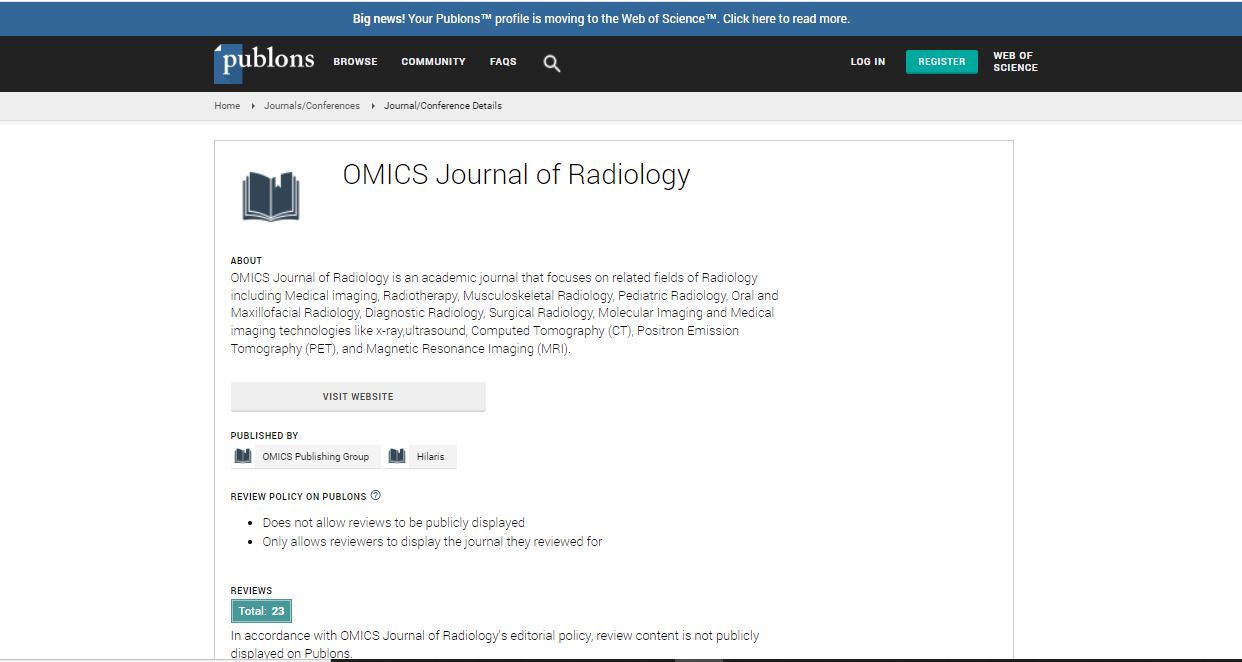Our Group organises 3000+ Global Conferenceseries Events every year across USA, Europe & Asia with support from 1000 more scientific Societies and Publishes 700+ Open Access Journals which contains over 50000 eminent personalities, reputed scientists as editorial board members.
Open Access Journals gaining more Readers and Citations
700 Journals and 15,000,000 Readers Each Journal is getting 25,000+ Readers
Google Scholar citation report
Citations : 551
Journal of Radiology received 551 citations as per Google Scholar report
Journal of Radiology peer review process verified at publons
Indexed In
- Index Copernicus
- Google Scholar
- Open J Gate
- Genamics JournalSeek
- ResearchBible
- Electronic Journals Library
- RefSeek
- Hamdard University
- EBSCO A-Z
- OCLC- WorldCat
- SWB online catalog
- Virtual Library of Biology (vifabio)
- Publons
- Geneva Foundation for Medical Education and Research
- ICMJE
Useful Links
Share This Page
The new staging system for nasopharyngeal carcinoma based on intensity modulated radiation therapy: Results of a prospective multicentric clinical study
3rd International Conference on Radiology and Imaging
Min Kang1, Pingting Zhou1, Tingting Wei1, Tingting Zhao1, Rensheng Wang1, Guisheng Li2, Haolin Yan3, Guosheng Feng4, Meilian Liu5 and Jinxian Zhu6
1Guangxi Medical University, China 2Liuzhou Worker Hospital, China 3First People├ó┬?┬?s Hospital, China 4People├ó┬?┬?s Hospital of Guangxi Zhuang Autonomous Region, China 5Affiliated Hospital of Guilin Medical University, China 6Wuzhou Red Cross
Posters-Accepted Abstracts: OMICS J Radiol
Abstract
Purpose: To establish a new clinical staging standard for Naso Pharyngeal Carcinoma (NPC) based on Intensity Modulated Radio- Therapy (IMRT) through a prospective multi-center clinical trial. Experiment Design: 492 NPC patients were selected from six hospitals in Guangxi Zhuang autonomous region, China from January 2006 to December 2009. Kaplan-Meier method was adopted to calculate survival rates. Log-rank test was used to compare survival differences. Results: According to the seventh edition of UICC/AJCC staging system, the difference between T1, T2 and T3 were not statistically significant, suggesting that T1, T2 and T3 could be combined as new T1. Moreover, there were significant differences between each N stage except N3a and N3b, suggesting that N3a and N3b could be combined as new N3. Additionally, the OS curves of stage I, II, III and IV were not significantly different between each other. Therefore, we suggest the new clinical NPC staging standard based on MRI and adaptable to IMRT as T stage (including T1 and T2) and N stage (including N0, N1, N2 and N3). The clinical staging includes I (T1N0M0), II (T1N1-2M0, T2N0M0), III (T2N1-2M0), IVa (TxN3M0) and IVb (TxNxM1). Our new recommended staging system performs better in risk difference and distribution balance. Furthermore, the differences of 5-year curves of LRFS, DMFS and OS were all statistically significant than the seventh edition of UICC/AJCC staging system. Conclusions: Our new recommended staging system is more adaptable to IMRT and can predict the prognosis of NPC patient in a more objective and accurate way.Biography
Min Kang has completed PhD from Guangxi Medical University, Guangxi, P R China. She is the Associate Professor of Department of Radiation Oncology in the First Affiliated Hospital of Guangxi Medical University. She has published more than 12 papers in reputed journals.
Email: hdimcs@163.com

 Spanish
Spanish  Chinese
Chinese  Russian
Russian  German
German  French
French  Japanese
Japanese  Portuguese
Portuguese  Hindi
Hindi 
